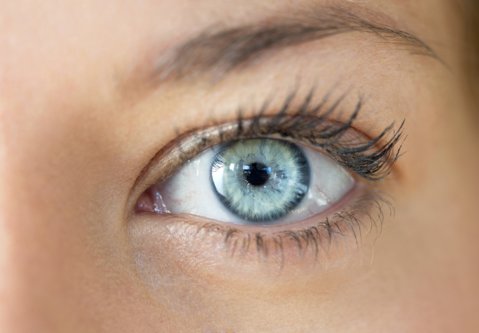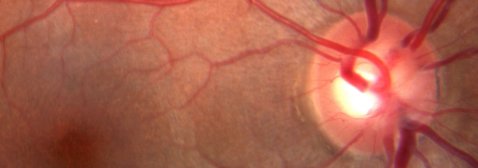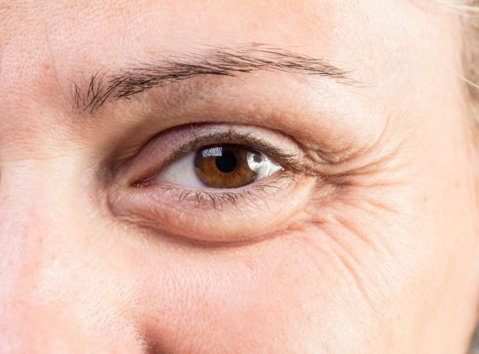Anatomical structures

Anatomical structures
The eye is a complex organ made up of different anatomical structures that work together to enable vision. The main structures of the eye include the cornea, pupil, iris, lens, retina, optic nerve and ocular muscles.
The cornea is the transparent outer layer of the eye, which directs light into the eye. The pupil is the black hole in the center of the iris, which regulates the amount of light entering the eye. The iris is the colored part of the eye that controls pupil size in response to ambient light.
Working together, these anatomical structures of the eye enable clear, precise vision of the world around us.




















